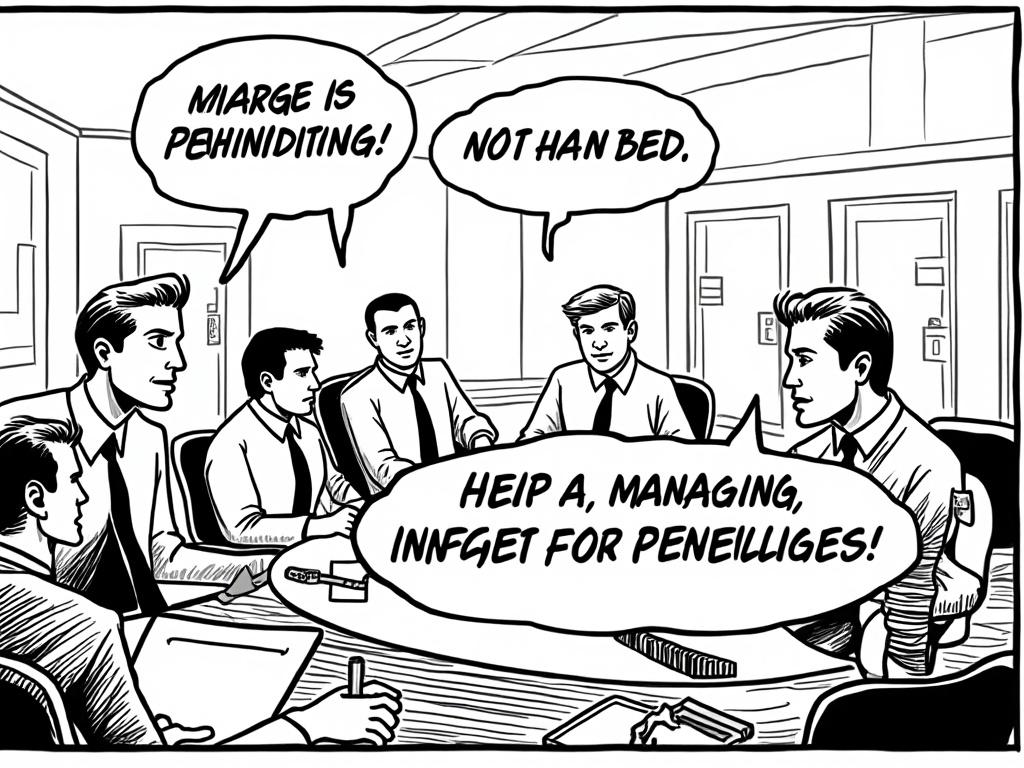
Preserving Greek Cultural Heritage: A Modern Guardian’s Guide
Reading time: 12 minutes
Ever wondered how ancient civilizations continue to shape our modern world? Greece’s cultural legacy faces unprecedented challenges in our digital age. Let’s explore how passionate guardians, innovative technologies, and strategic partnerships are revolutionizing heritage preservation.
Table of Contents
- Understanding Greece’s Cultural Treasure Trove
- Modern Threats to Ancient Legacy
- Strategic Preservation Approaches
- Technology’s Revolutionary Impact
- Community-Driven Conservation
- Remarkable Success Stories
- Your Heritage Guardian Roadmap
- Frequently Asked Questions
Understanding Greece’s Cultural Treasure Trove
Greece stands as humanity’s cultural cornerstone, housing over 20,000 archaeological sites and countless intangible traditions spanning millennia. From the Parthenon’s majestic columns to Byzantine monasteries nestled in remote mountains, this Mediterranean nation preserves approximately 3,500 years of continuous civilization.
Well, here’s the straight talk: Cultural heritage isn’t just about dusty artifacts—it’s about living, breathing connections to human ingenuity. Consider Athens, where ancient agoras coexist with bustling modern neighborhoods, creating a unique urban tapestry where past and present dance together.
The Multi-Layered Heritage Landscape
Greek heritage operates on multiple interconnected levels:
- Archaeological Sites: From Delphi’s prophetic ruins to Crete’s Minoan palaces
- Architectural Monuments: Byzantine churches, Venetian fortresses, Ottoman structures
- Intangible Culture: Traditional music, crafts, culinary practices, religious ceremonies
- Living Traditions: Island festivals, maritime customs, agricultural practices
Economic and Cultural Value
The cultural tourism sector contributes approximately €18.6 billion annually to Greece’s economy, supporting over 900,000 jobs. However, the true value transcends economics—these sites represent humanity’s shared intellectual and artistic evolution.
Modern Threats to Ancient Legacy
Quick Scenario: Imagine discovering that acid rain has damaged marble sculptures that survived 2,000 years of history. What preservation strategies would you implement? Let’s examine the multifaceted challenges facing Greek heritage today.
Environmental Pressures
Climate change poses severe threats to archaeological sites. Rising sea levels endanger coastal monuments, while increased precipitation and temperature fluctuations accelerate stone deterioration. The Acropolis experiences measurable erosion from air pollution, requiring constant conservation interventions.
Tourism Impact Balance
Greece welcomes approximately 33 million visitors annually, creating a delicate balance between accessibility and preservation. Popular sites like Santorini’s archaeological areas face overcrowding that threatens structural integrity while generating crucial funding for conservation efforts.
Heritage Threats Comparison
Strategic Preservation Approaches
Successful heritage preservation isn’t about perfection—it’s about strategic navigation through complex challenges using innovative methodologies and collaborative frameworks.
Preventive Conservation Methodology
Modern preservation prioritizes preventive measures over reactive restoration. The Benaki Museum’s approach exemplifies this philosophy: controlled environments, regular monitoring, and minimal intervention protocols preserve artifacts while maintaining public accessibility.
| Preservation Method | Effectiveness Rate | Cost Efficiency | Implementation Time |
|---|---|---|---|
| Digital Documentation | 95% | High | 6-12 months |
| Environmental Controls | 88% | Medium | 3-6 months |
| Community Training | 82% | Very High | 12-24 months |
| Legal Protection | 78% | Low | 24-36 months |
| Physical Restoration | 75% | Low | 18-60 months |
Integrated Management Systems
Effective preservation requires coordinated efforts across multiple stakeholders. The Greek Ministry of Culture collaborates with international organizations, local communities, and private investors to create comprehensive protection frameworks.
Pro Tip: The right preparation isn’t just about avoiding problems—it’s about creating scalable, resilient conservation foundations that adapt to changing circumstances while honoring historical authenticity.
Technology’s Revolutionary Impact
Digital innovations are transforming heritage preservation, offering unprecedented precision and accessibility. Greece leads several pioneering initiatives that showcase technology’s potential in cultural conservation.
3D Documentation and Virtual Reality
The Acropolis Museum employs cutting-edge photogrammetry techniques to create millimeter-accurate digital replicas of artifacts. These virtual models serve multiple purposes: research, education, and preservation planning. Visitors can explore detailed reconstructions while original pieces remain protected.
Consider this remarkable case: When fragments of the Parthenon frieze were discovered during construction near athens property developments, 3D scanning immediately documented their condition and relationship to existing sections, enabling precise reconstruction planning.
Artificial Intelligence in Conservation
Machine learning algorithms analyze thousands of historical photographs to track deterioration patterns over decades. The Chronos Project at the National Technical University of Athens uses AI to predict conservation needs, optimizing resource allocation and intervention timing.
Community-Driven Conservation
Local communities serve as heritage guardians, possessing invaluable traditional knowledge and deep emotional connections to cultural sites. Successful preservation programs integrate community participation with professional expertise.
Traditional Craft Preservation
The island of Chios exemplifies community-driven heritage preservation through its mastic cultivation traditions. UNESCO recognition elevated this ancient practice, while local cooperatives maintain traditional methods while embracing sustainable development principles.
Practical Roadmap for Community Engagement:
- Knowledge Documentation: Record elderly practitioners’ techniques and stories
- Youth Integration: Establish apprenticeship programs connecting generations
- Economic Sustainability: Develop heritage-based tourism and crafts markets
- Educational Partnerships: Collaborate with schools and universities
Remarkable Success Stories
Real-world examples demonstrate how strategic approaches transform preservation challenges into cultural renaissance opportunities.
Case Study: Meteora Monasteries Conservation
The clifftop monasteries of Meteora faced severe structural challenges from weathering and seismic activity. A €12 million restoration project combined traditional stone-working techniques with modern engineering solutions. The initiative preserved six active monasteries while improving visitor access through sustainable infrastructure.
Key Success Factors:
- Monastic community collaboration ensuring religious practices continued
- International funding coordination through EU heritage programs
- Visitor management systems preventing overcrowding
- Local craftsmen training in traditional building techniques
Digital Heritage Success: Ancient Olympia Project
Microsoft’s collaboration with the Greek Ministry of Culture created an immersive digital experience of Ancient Olympia using mixed reality technology. This project demonstrates how technology enhances rather than replaces physical heritage sites, attracting 40% more international visitors while reducing physical impact on archaeological remains.
Your Heritage Guardian Roadmap
Ready to transform complexity into cultural preservation advantage? Whether you’re a heritage professional, community leader, or passionate advocate, here’s your strategic action plan:
Immediate Implementation Steps
Phase 1: Assessment and Documentation (Months 1-3)
- Conduct comprehensive heritage inventory in your area of interest
- Identify key stakeholders and establish communication networks
- Document current threats and preservation challenges
- Research available funding sources and grant opportunities
Phase 2: Strategic Planning (Months 4-6)
- Develop preservation priorities based on urgency and impact
- Create community engagement strategies tailored to local contexts
- Establish partnerships with cultural institutions and technology providers
- Design monitoring and evaluation frameworks
Phase 3: Implementation and Growth (Months 7-12)
- Launch pilot preservation projects with measurable outcomes
- Integrate digital documentation and virtual access solutions
- Establish educational programs connecting heritage with contemporary relevance
- Build sustainable funding models combining public and private resources
The future of Greek cultural heritage lies in our collective hands—where ancient wisdom meets modern innovation, creating bridges between past and future generations. As urbanization continues transforming landscapes and digital technologies reshape human interaction, heritage preservation becomes both more challenging and more crucial than ever.
What role will you play in ensuring that future generations can touch the stones where Socrates walked and hear the echoes of Byzantine chants in mountain monasteries?
Frequently Asked Questions
How can individuals contribute to Greek heritage preservation without professional expertise?
Individual contributions make significant impacts through volunteer programs, heritage site visits that provide funding, supporting local artisans who maintain traditional crafts, and participating in community documentation projects. Many organizations welcome enthusiastic volunteers for activities like archaeological site maintenance, museum assistance, and cultural event organization. Additionally, responsible heritage tourism and purchasing authentic traditional products directly support preservation efforts.
What funding opportunities exist for heritage preservation projects in Greece?
Multiple funding sources support Greek heritage preservation, including EU structural funds allocated approximately €2.3 billion for cultural projects during 2021-2027, the Greek National Strategic Reference Framework, international organizations like UNESCO and the World Monuments Fund, private foundations such as the Stavros Niarchos Foundation, and crowdfunding platforms specifically designed for cultural preservation. Successful applicants typically demonstrate community involvement, measurable outcomes, and sustainable long-term planning.
How does modern urban development balance with heritage preservation requirements?
Greek law requires archaeological surveys before major construction projects, particularly in historically significant areas. Modern urban planning integrates heritage sites through adaptive reuse strategies, underground development to preserve surface archaeology, and buffer zones around protected monuments. Cities like Athens demonstrate successful integration where contemporary architecture complements rather than competes with ancient structures, creating vibrant urban environments that honor historical continuity while meeting modern needs.

Article reviewed by Adrian Sokolov, Post-Soviet Industrial Assets | Revitalizing Manufacturing Zones, on June 6, 2025





